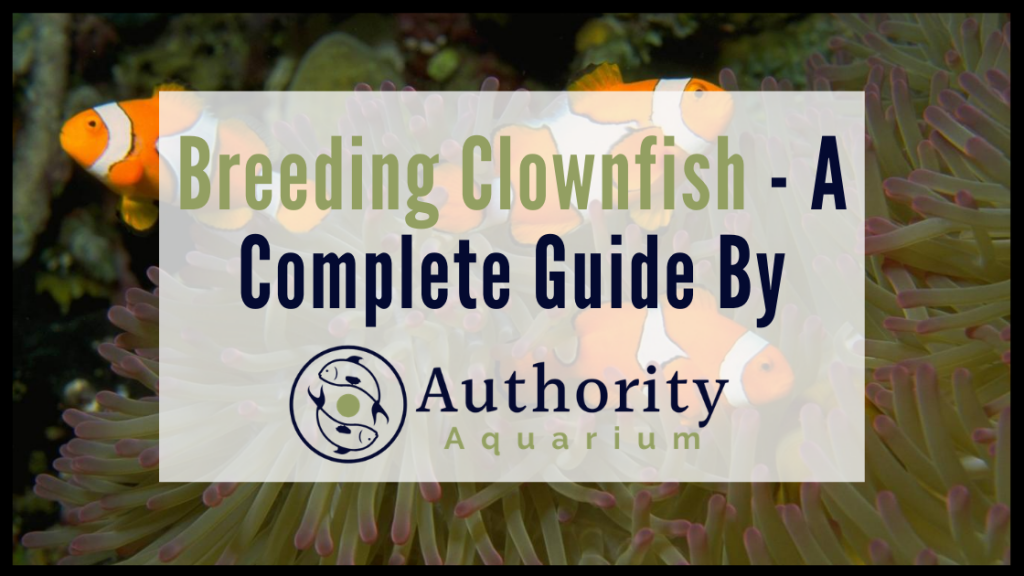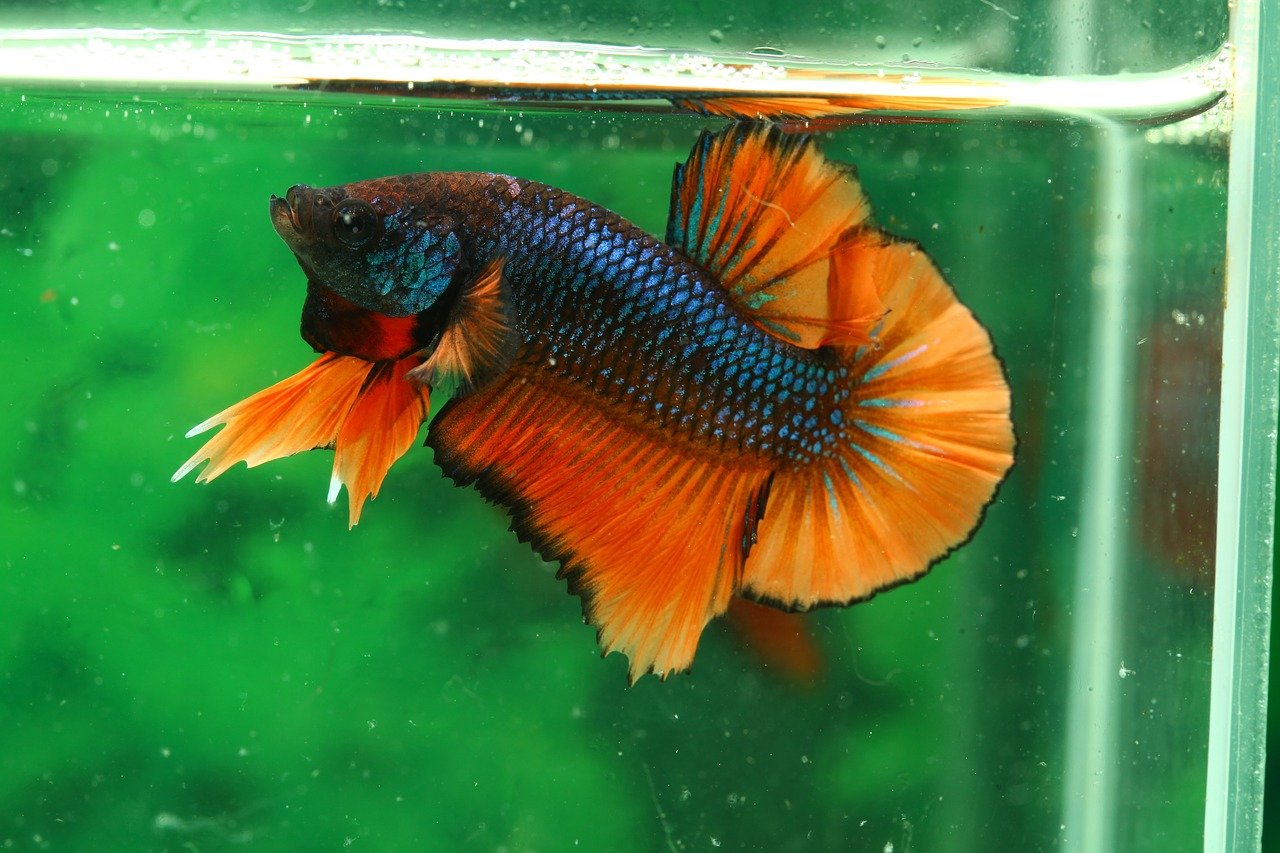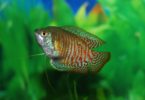Last Updated on April 24, 2023 by Coral Realm
Clownfish are amazing saltwater fish for any reef tank. They are small, colorful, and provide huge character to your aquarium. They can be kept in nano reef fish tanks or in larger reef tank with other fish species.
They are fun to raise, and can be kept either as they are or with a host anemone. There are advantages and disadvantages to both of these choices.
They can also be relatively easy to breed with the right know-how and a good attention to the water quality.
IN THIS ARTICLE
Breeding Clownfish – A Complete Guide
Get the basics right
The first step is ensuring that you have experience in keeping a reef tank and it’s inhabitants healthy. For clownfish to breed the conditions need to be kept very constant, and the fry do need some special treatment.
Have the tank as natural as possible. This means having the best reef sand at the bottom of the tank to emulate natural conditions, live rock and corals in the body of the tank, and an anemone for the clownfish to colonize. Whilst clownfish can live very happily in a reef tank without an anemone, having one will make them more likely to breed.
You will want to have good quality LED lighting which is on a timer to give the clownfish regularity in day and night modes and help them to be as comfortable as possible.
Get a bonded breeding clownfish pair
Once you have got the conditions down you need a bonded pair of clownfish. The easiest way of getting a bonded pair is to buy an already bonded couple from a pet store. Or if you have more experience you can get juvenile clownfish and raise a bonded pair yourself.
If you decide to buy a pre bonded pair make sure you are at a fully registered store and please ensure that they are captive bred clownfish.
It can be very interesting to watch a pair of juvenile clownfish bond and grow into a breeding pair. Clownfish are very interesting fish; they are all born male and the dominant one in a group, usually the largest, turns female. This usually happens when two males become mates and the larger one turns female!
Keep an eye on the behavior of your clownfish pair
You want to keep an eye on the behavior of your clownfish pair and notice any changes that shows that they are getting ready to spawn.
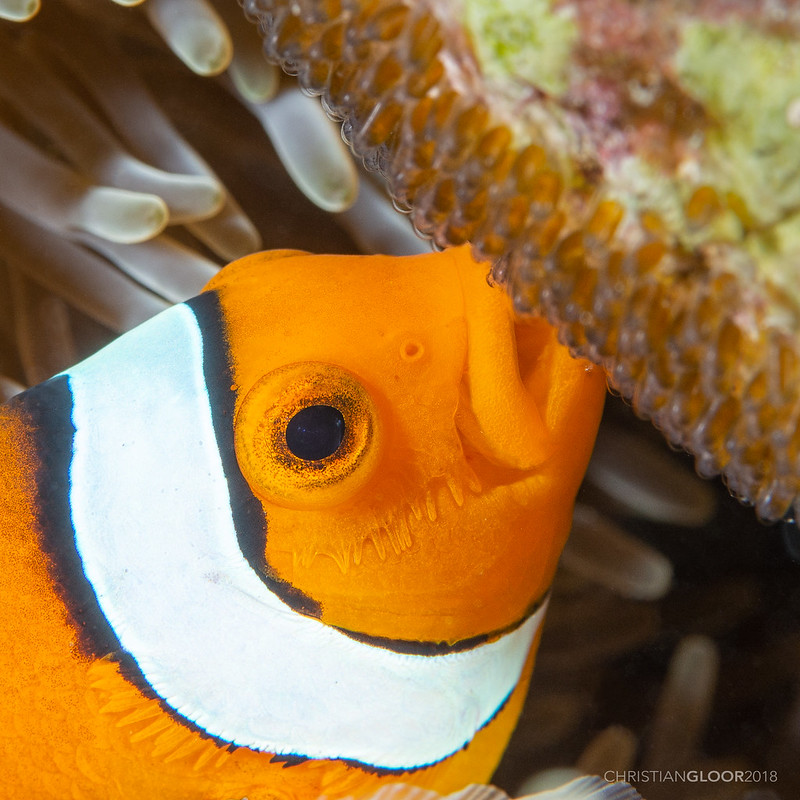
A clownfish father carefully caring and tending for his eggs. Credit: Christian Gloor (Flickr)
The male will chase, nibble and bite at the female, to try and attract her attention and get her to mate and release eggs.
The female will get bigger around the middle, which shows that the eggs are getting ready to be laid. Both male and female will begin to pick at and clean an area of rock, preparing the surface to receive the eggs.
The eggs are about 3-4 mm long, but they should be quite obvious as the female will lay a lot of them! Once the female has laid her eggs they will develop and hatch after about a week to 10 days. The male is left to defend the eggs, and will work hard to clean and look after them.
Set up a hatchling tank
As the eggs are developing you should set up a hatchling tank for your clownfish fry for when they appear. This doesn’t need to be a huge tank by any means; a nano tank of around 10 gallons is plenty.
An important factor in this tank needs to be the filtration. As in, it only needs a very weak filter! If the filter is too strong and harsh you could very easily accidentally kill your new clownfish fry.
Aquarium air stones are a good idea for clownfish fry as the small stream of bubbles they make will oxygenate the water but won’t buffet them around too much.
You should provide proper lighting, but don’t have it too harsh. They need proper lighting to see their prey and feed properly but you don’t want to roast them!
Once the time is right you can move over your new hatchlings into their tank. You can either move the eggs or move the fry themselves. As the eggs are attached to the rock they can be tricky and delicate to try and move, especially if they are attached to a big rock!
The easiest thing to do is wait until they hatch and transfer them over. Be sure to act quick though as the fry are very small and other fish as well as the parents will eat them.
Feeding your fry
You want to get the food ready in advance as well; clownfish fry will eat live food only, and you should feed them live rotifers. You can buy these from a pet store, or you can buy eggs and hatch them yourself. Many think hatching them is the easiest way. You aren’t reliant on your pet store having them in stock and you can keep your clownfish fry nice and full.
As your baby clownfish grow and get larger you can change over their diet to include and then be majority fed with brine shrimp. These little creatures are packed with nutrients that will help your fry to continue to grow and develop.
Daily water changes
This is definitely the most tedious of the tasks you’ll have to do in breeding clownfish. You will need to change between 25-50% of the water in the hatchling tank daily.
This is to keep the water quality extremely high, as clownfish fry feed by sight, and in cloudy water they will find it hard to see their live rotifer prey and you could lose some fry needlessly.
Survival rate
Clownfish can lay anywhere between 100 to 1000 eggs, so don’t expect all of them to survive. Many of the eggs may not hatch at all, while some of the fry may unfortunately get eaten before you can move them to their new tank to be raised.
You will also no doubt get some casualties along the way. It doesn’t mean that you are doing anything wrong per se if a few die here and there on the way to adulthood.
If however you get a mass dying, where a significant proportion of your fry population dies overnight, then you should check the water parameters and if they are getting enough food, as something is definitely amiss!
Enjoy it!!
If you are lucky enough to be able to breed clownfish then enjoy it! It can be quite a lot of work but the rewards can be huge!
Watching the little clownfish fry turn into juveniles is a fascinating process to watch. You can watch as the bright and distinct color banding will emerge as the youngsters grow quite rapidly.
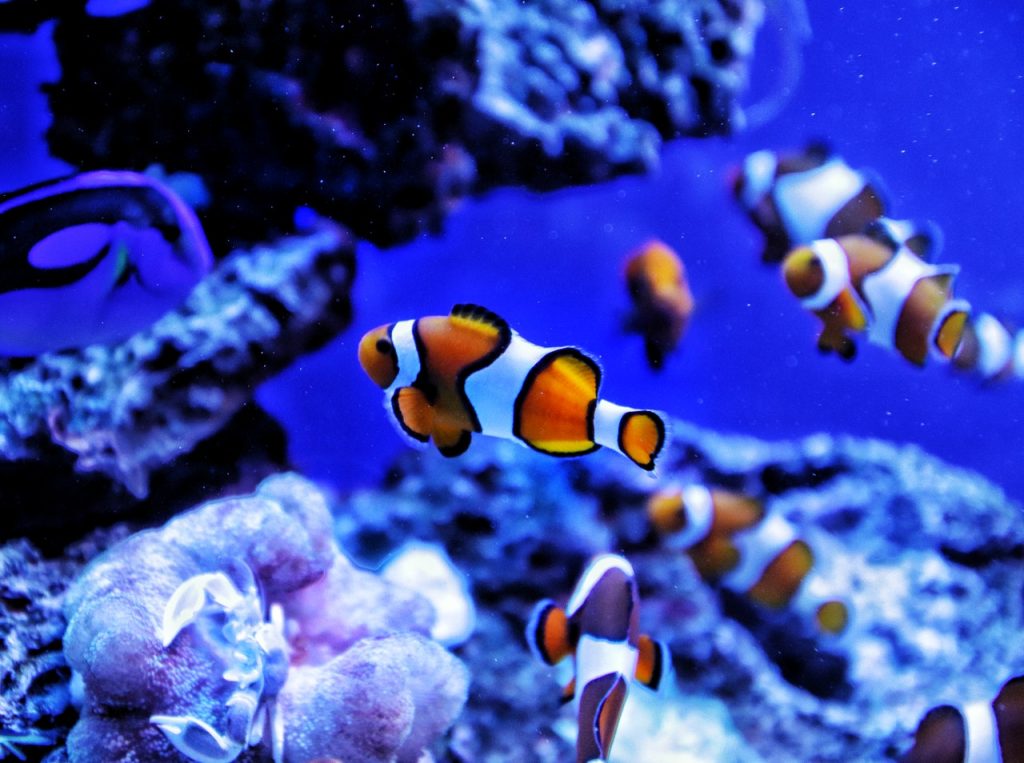
Conclusion
Breeding clownfish in your reef tank is quite straightforward once you get the hang of it, but it does take a bit of knowledge.
You need to be able to keep the salinity and chemistry of the water very stable, and you need to have a bonded breeding clownfish pair. You can either raise your own or buy a pre-bonded pair. Remember you also need to have a small tank ready to be set up for the ensuing fry!
If you find that your clownfish keep laying eggs and you don’t want to raise them, you have a couple of options. You can leave the eggs to develop as normal, and once they hatch in the main tank the other fish will eat them. Whilst this may sound harsh, it is what happens and can solve rehousing them. The other option is to get in contact with a breeder or pet stores in your area and see if they want the fry or young clownfish to raise. If they do you can raise them a little and then pass them on.

